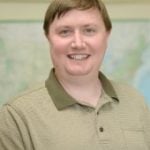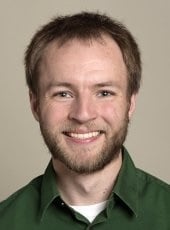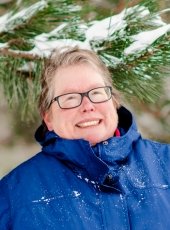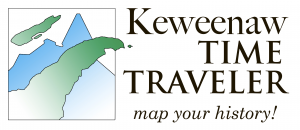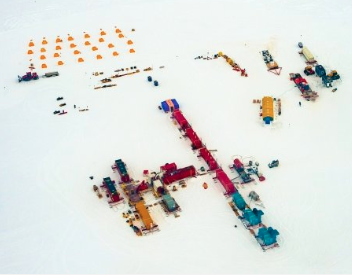
L’Anse is the third community in the Upper Peninsula to install a community solar array. The community partnered with Michigan Tech’s Alternative Energy Enterprise team and Department of Social Sciences faculty and students, as well as WPPI Energy and WUPPDR, to make the project a reality.
Read the full story on mtu.edu/news
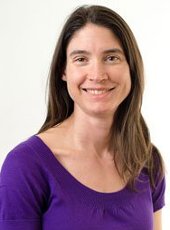 Richelle Winkler (SS) recently published “Exporting Consumption: Lifestyle Migration and Energy Use” in the journal Global Environmental Change. This paper is the result of her collaboration with Costa Rican colleagues during her sabbatical year. The article is available
Richelle Winkler (SS) recently published “Exporting Consumption: Lifestyle Migration and Energy Use” in the journal Global Environmental Change. This paper is the result of her collaboration with Costa Rican colleagues during her sabbatical year. The article is available 
